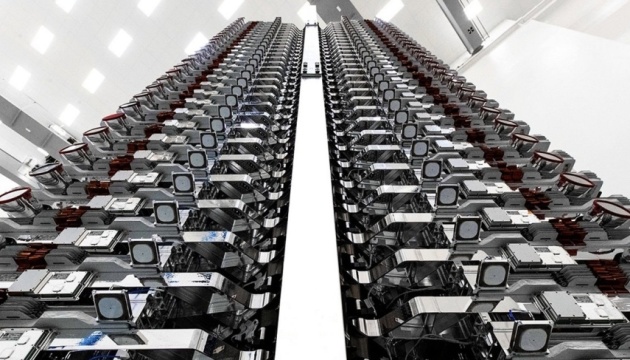The research group, which includes scientists from various universities, has embarked on the implementation of an ambitious project to examine the possibilities of increasing the flexibility of conventional crystal photovoltaic cells. The research includes a comprehensive study of the behavior of these elements under the influence of physical loads, focusing on identifying and solving the problem of fragility.
How to overcome the problem of fragility?
The scientists found that cracks in crystalline silicon solar cells often appear near the edges when subjected to stress. The structure of the material resembled a zigzag pattern with sharp peaks and valleys. To overcome this problem, the team developed a special process to transform sharp transitions into smooth U-curves.
This revolutionary technology has been successfully applied in real-world manufacturing, significantly increasing the flexural strength of crystalline silicon without compromising the overall efficiency of the solar cell.
A newly fabricated flexible heterojunction solar cell exhibited an impressive 23.3% efficiency. In addition, efficiency was further increased to 24.50% by applying an anti-reflective coating based on magnesium fluoride (MgF2).
While this level of efficiency lags slightly behind conventional “thick” heterojunction solar cells, reaching 25.83%, the flexibility afforded by this innovative approach is much more than the marginal efficiency trade-off.
Why is this an important discovery?
This breakthrough has huge implications for a variety of industries, including portable electronics, aerospace solar cells, and numerous applications in solar energy.
In addition to its flexibility, the use of conventional silicon in the manufacturing process promises significant cost savings. The new technology can reduce production costs by eliminating the need for exotic materials such as perovskites and complex chemical compounds, and ultimately lower the cost of generating electricity with these cells.
This development paves the way for wider adoption of solar energy, as affordability and flexibility are critical factors in accelerating its integration into a variety of industries and applications.
As development continues, widespread adoption of these flexible solar panels could revolutionize the energy space by providing clean and efficient solar power to our appliances, homes and industries.













